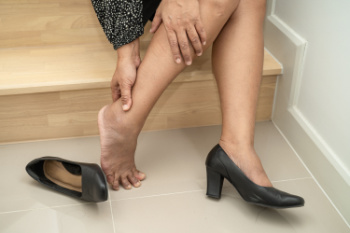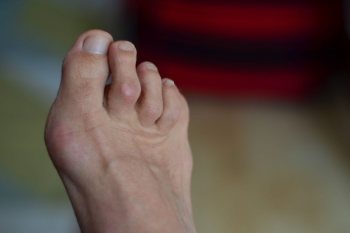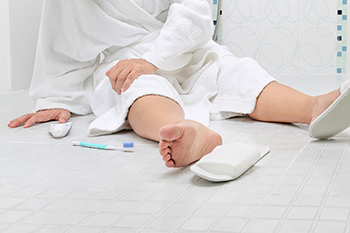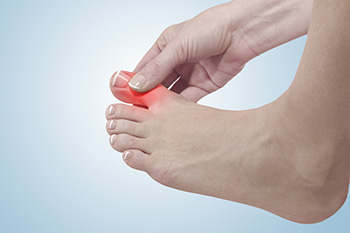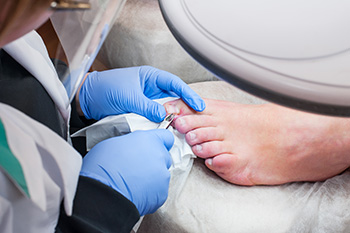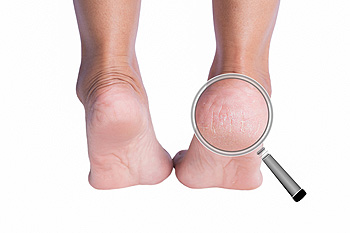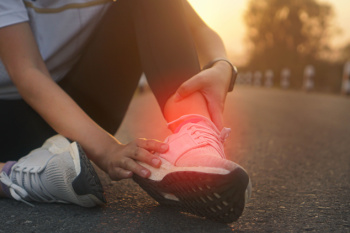
Ankle sprains are among the most common musculoskeletal injuries, occurring when the ligaments that support the ankle stretch or tear. There are different types of ankle sprains, categorized based on the severity of ligament damage and the direction of the injury. The most common type is an inversion sprain, where the foot rolls inward and strains the outer ligaments. Eversion sprains, which are less frequent, occur when the foot rolls outward. High ankle sprains involve the ligaments above the ankle joint and are typically more serious. Causes of ankle sprains include sudden twists, slips, or impacts during activities like sports, walking on uneven surfaces, or simply mis-stepping. If you have suffered an ankle sprain, it is suggested that you consult a podiatrist who can accurately examine the injury and offer appropriate treatment solutions.
Although ankle sprains are common, they aren’t always minor injuries. If you need your ankle injury looked at, contact one of our podiatrists from Illinois . Our doctors can provide the care you need to keep you pain-free and on your feet.
How Does an Ankle Sprain Occur?
Ankle sprains are the result of a tear in the ligaments within the ankle. These injuries may happen when you make a rapid shifting movement while your foot is planted. A less common way to sprain your ankle is when your ankle rolls inward while your foot turns outward.
What Are the Symptoms?
- Pain at the sight of the tear
- Bruising/Swelling
- Ankle area is tender to touch
- In severe cases, may hear/feel something tear
- Skin discoloration
Preventing a Sprain
- Wearing appropriate shoes for the occasion
- Stretching before exercises and sports
- Knowing your limits
Treatment of a Sprain
In many cases, the RICE method (Rest, Ice, Compression, and Elevate) is used to treat ankle sprains. However, you should see a podiatrist to see which treatment option would work best with your injury. In severe cases, surgery may be required.
It is important to ask your doctor about rehab options after you receive treatment for your injury. Stretching, strength training, and balance exercises may help the ankle heal while also preventing further injury.
If you have any questions, please feel free to contact our offices located in Wheeling and Berwyn, IL . We offer the newest diagnostic and treatment technologies for all your foot care needs.

